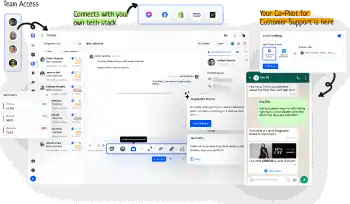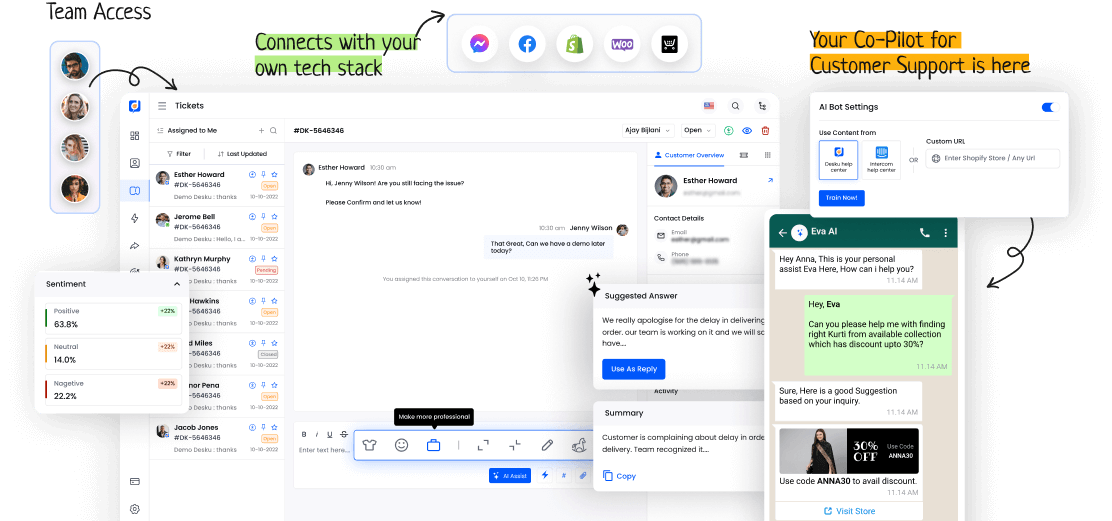In web design, a placeholder is more than just a visual element. It's not just a temporary fill-in, it suggests a deeper use that supports the online world. Understanding placeholders helps us see the link between shape and use.
It shows us the small details that guide our online actions. The real value of a placeholder is not in its visible form but in how it helps users move easily through the online space, going beyond just design.
I. Definition of a Placeholder
Understanding placeholders is crucial. They're temporary text or images in web design. Designers use placeholders creatively to picture layouts before adding the final content.
Designers need to ensure placeholders make the user's experience better and accurately show the final content. They must focus on usability and accessibility.
II. Common Uses of Placeholders
Web design heavily relies on placeholders. They hold the structure and look of a webpage while waiting for the final content.
Text fields often act as placeholders for text information. They make sure the layout stays the same until the real text is added.
Similarly, we use image placeholders to keep a webpage's visual balance. They stay until the right images are uploaded.
III. Importance and Benefits of Placeholders
Grasping the worth and gains of placeholders in web design is key. They keep the layout unified and good-looking while building the website. Placeholders give room for design shifts, making it simple to move elements around.
They help arrange content in a tidy order. More so, they make the user's experience better by sharing information effectively, leading users smoothly through the website.









